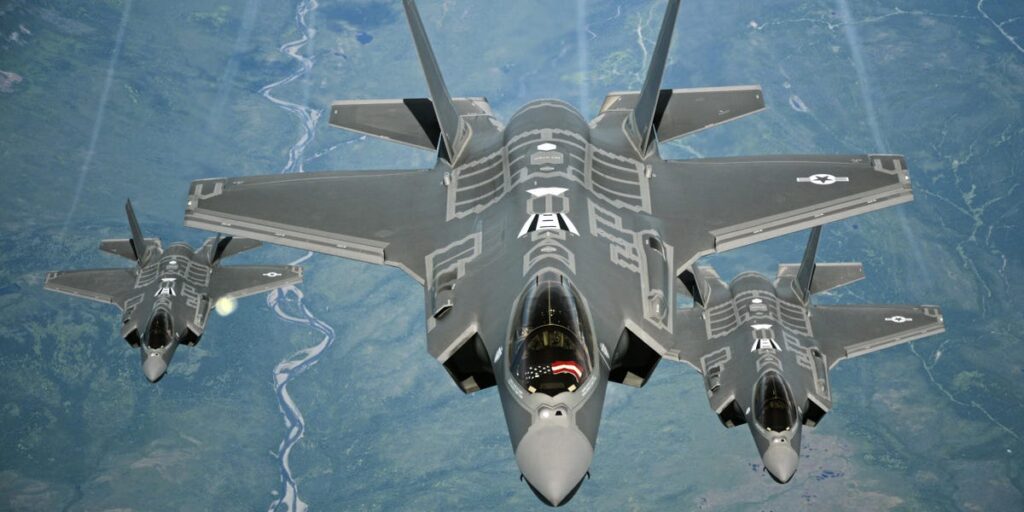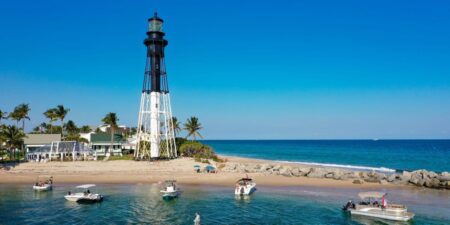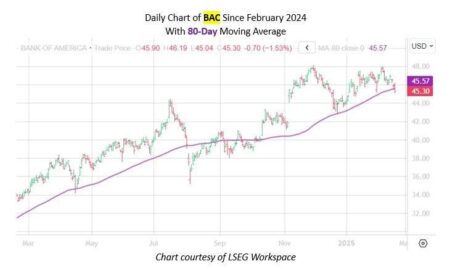- Lockheed Martin’s F-35 Lightning II is one of the world’s most advanced fighter jets.
- Business Insider toured a facility where the stealth jet is made.
- The production line in Fort Worth, Texas, is cranking out over 150 aircraft a year.
In a sprawling factory in Texas, thousands of people are working around the clock to assemble the US military’s most advanced multi-role fighter jet: the F-35 Lightning II Joint Strike Fighter.
The facility, operated by defense giant Lockheed Martin, stretches more than a mile and cranks out over 150 aircraft a year. It’s enormous, with people riding golf carts or bikes to travel from one end to the other.
Business Insider recently toured the factory, officially called Air Force Plant 4. An overhead view of the production line, looking from right to left, reveals the tremendous scale of the operation. F-35s can be seen going from just the bare bones — chunks of metal largely unrecognizable to the untrained eye — to a jet that’s nearly in its final form: a single-engine, supersonic stealth fighter jet made to dominate a range of combat operations.
The F-35 is the world’s most expensive weapons program, with an expected lifetime cost of more than $2 trillion. Elon Musk and others have sharply criticized the aircraft amid rising program costs, sustainability challenges, and developmental setbacks. However, it is constantly being upgraded and is widely recognized as a top fifth-generation fighter.
Lockheed says that production of the jet contributes roughly $72 billion annually to the US economy through its network of suppliers and hundreds of thousands of workers spread across the country.
It takes about a year and a half to build a new F-35
Air Force Plant 4 has been making warplanes for decades. It began producing bomber aircraft during World War II before transitioning to the now-retired F-111 Aardvark in the 1960s. Several years later, it started building F-16s.
The first F-35 Joint Strike Fighter rolled off the factory floor in 2006, and since then, more than 1,110 of these fighter jets have been delivered to the US and its allies.
After significant delays, the F-35 program last year achieved full-rate production.
A single F-35 takes around 18 months to build, and this production facility can turn out 156 fighters annually from across all three variants — the A, B, and C variants are designed for conventional and ship-based take-off and landing. It is a 24-hour-a-day operation, with thousands of workers moving in and out of the plant on any given day, surrounded by heavy machinery.
Building the fighter jet starts with the assembly of its wing section. Constructing the airframe then moves down the production line to an area where the four major structure pieces of the jet — the tail section, wings, center fuselage, and forward fuselage — are brought together.
Maintaining a steady parts supply is a big challenge
This is where the aircraft really starts to take its highly recognizable shape. Small screens next to the aircraft show which country it’s being made for: a stroll down the production line reveals the US, UK, Poland, Israel, and Japan, to name a few.
Parts for the F-35 — of which there are thousands — come from all over the world because the jet is a multinational project. One of the biggest challenges with building the fighter, BI learned, is ensuring that an adequate supply of parts is flowing to the Fort Worth production site.
When the fighters reach the end of the production line, they are ready to be painted their signature gray color. The paint, according to the company, is designed to reduce and absorb radar signals, which contributes to the aircraft’s stealth profile.
The painting process happens in a separate building equipped with hangers that can close off during the coloring process. Some automation is involved in the construction of an F-35 jet, including when building its wing structure and during the painting stage.
Every aircraft is then flown several times as part of testing before it is ready to be sold.
The largest F-35 final assembly facility is in Fort Worth, but there is one smaller plant in Italy and another in Japan. These sites underline the global nature of the operation, as planes are shipped off to militaries in North America, Europe, the Middle East, and Asia.
The F-35 has been used in combat since its first flight nearly 20 years ago. The US military has flown all three variants in strike missions against terror groups in Iraq, Afghanistan, and Yemen. The jet also received significant praise after Israel used it to carry out widespread airstrikes in Iran last fall.
Read the full article here
















